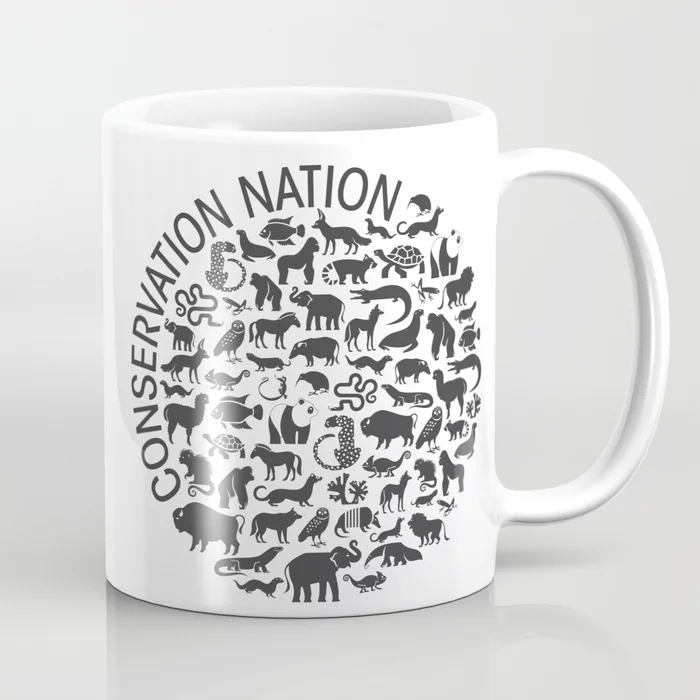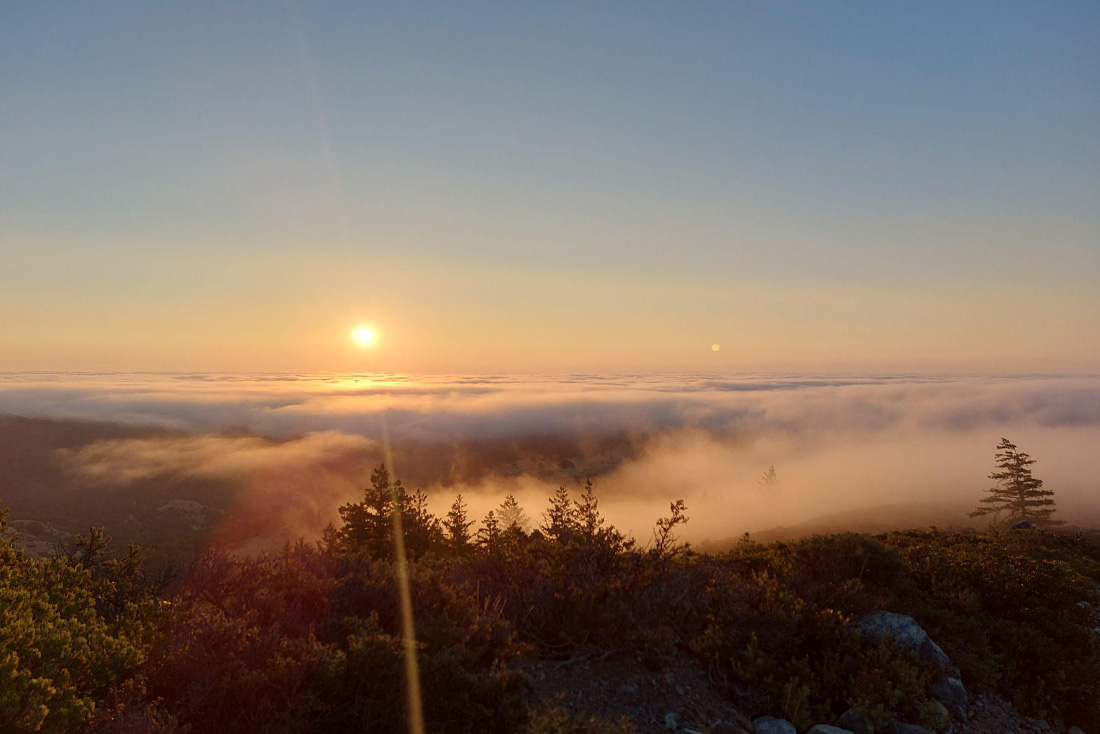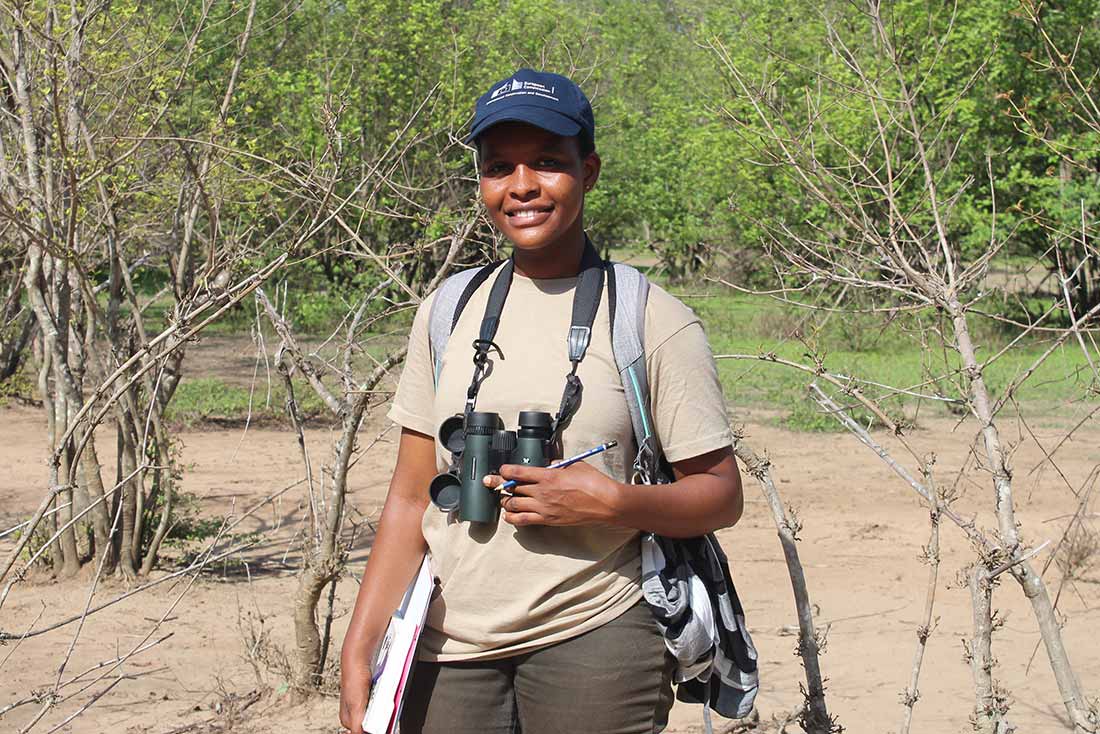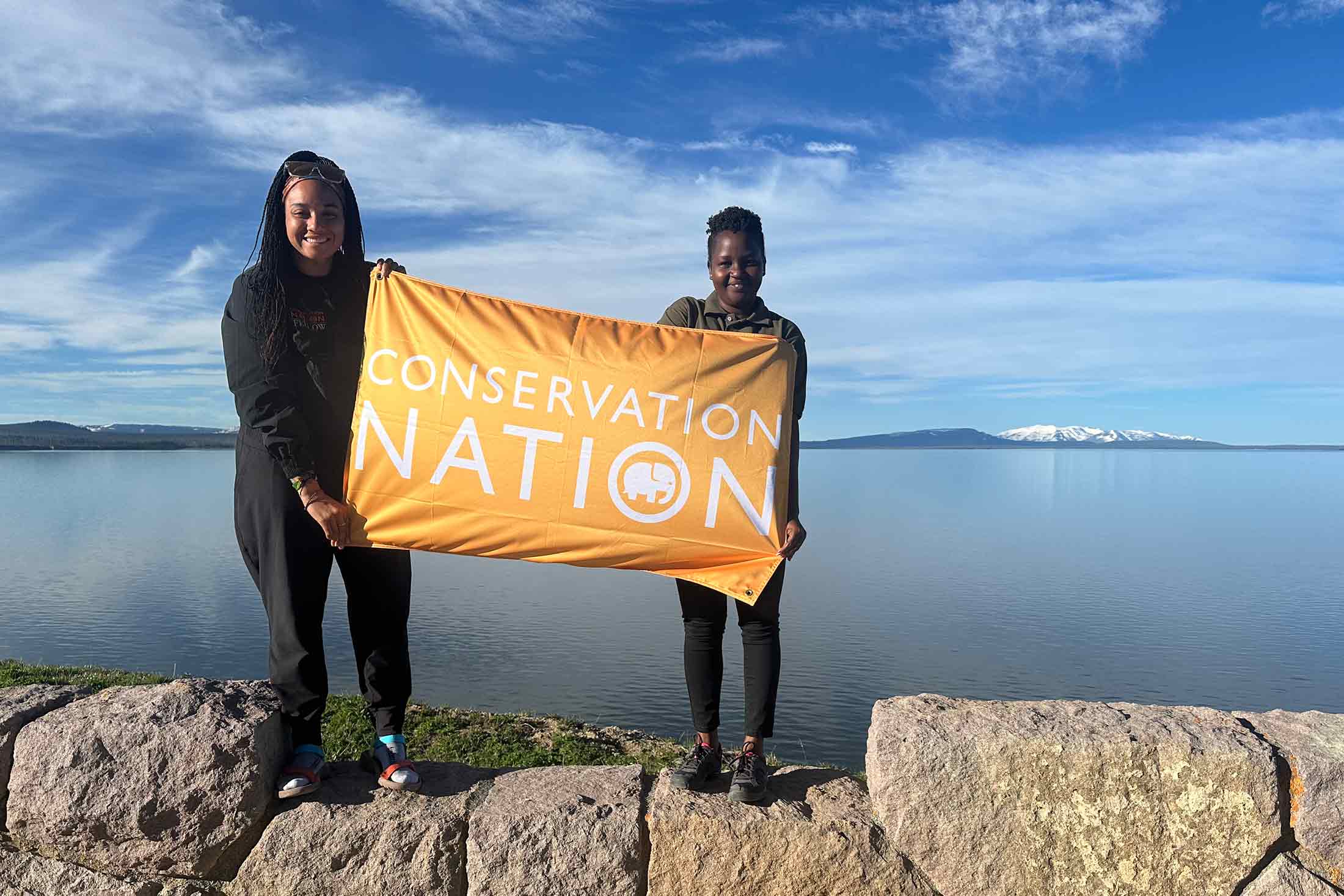Human-wildlife conflict mitigation plays a pivotal role in Tanzania’s conservation efforts, fostering a delicate balance between preserving the country’s remarkable wildlife and ensuring the well-being of local communities. Over the past few months, I have traveled across northern Tanzania as part of African People & Wildlife (APW) programs that promote coexistence and win-win solutions for communities and nature. Each activity brings me closer to understanding the intricate balance between wildlife, land, and community well-being.

Training for a Balanced Future
In the Greater Lake Natron region, just south of the border with Kenya, I took the lead in organizing a comprehensive training program for 20 enumerators. The training is crucial for conducting well-being surveys in villages where APW implements our programs. Together, we focused on understanding data collection tools and mastering randomization techniques for effective sampling in the field. This training equipped our team with the skills needed to gather valuable data on trends in human well-being and community outcomes, essential for the success of holistic conservation efforts.
I also had the recent privilege of training 9 new human-elephant conflict officers, called Warriors for Wildlife, in the world-renowned Ngorongoro landscape. Here, in addition to poaching, human settlements, farming activities, competition for grazing and water resources, and tourism infrastructure threaten elephant habitat.
We covered the importance of conservation, data collection methods, and the utilization of the Survey123 application for mobile data gathering in the field. Equipping these officers with the right tools and knowledge enables them to play a vital role in mitigating conflicts, tracking important wildlife corridors, and promoting human-elephant coexistence in agricultural areas.
Then it was on to Mkomazi National Park! As part of expanding our conservation programs into this new landscape in partnership with Tanzania National Parks Authority, I trained 9 new human-wildlife conflict officers to serve the communal lands around the park, where incidents with big cats and elephants need urgent solutions.
Much like the Warriors for Wildlife in Ngorongoro, this training focused on data collection using mobile forms – and emphasized adherence to protocols that ensure our growing dataset is accurate and insightful in real time. Understanding where hotspots exist guides decisions about where officers are deployed and where Living Walls are needed most to reduce conflicts with livestock.
Building a Stronger Community Connection
In West Kilimanjaro, I had the privilege of organizing and participating in a Herders Education Meeting. This gathering brought together traditional leaders, government officials, and young members of the community known as Morani (ages 19-35) and Malaiyok (ages 0-18).
The objective was to discuss and devise effective strategies to safeguard livestock in pastures, a crucial part of coexistence here because our data indicates higher incidents of conflict while grazing compared to livestock attacks in corrals at the homestead. The meeting, attended by 32 representatives from six villages, will hopefully foster better practices that reduce incidents and increase local food and economic security.
One of my personal highlights was educating Morani on the pivotal role lions play in the ecosystem. By influencing the condition of grasslands and forests, including populations of wild herbivores, lions can bring numerous benefits to pastoralists and the broader community.
Looking Forward
My next challenge lies in Mikumi National Park, a region notorious for human-wildlife conflicts within and around its boundaries. Like Mkomazi, we are set to launch new programming here in 2023 as APW scales our approach to new regions of Tanzania that have been previously underserved by conservationists. I look forward to meeting and training these new Warriors for Wildlife as we exchange knowledge about the area’s challenges and potential solutions.
As I reflect on these recent experiences, I am filled with a sense of purpose and determination. I extend my heartfelt gratitude to Conservation Nation and Catmosphere for their unwavering support, which makes this incredible journey possible. Together, we are building a brighter and more sustainable future for Tanzania’s incredible wildlife and resilient communities.
Yamat Lengai is a Conservation Nation Fellow. Her fellowship is made possible with the support of Catmosphere, a foundation dedicated to raising awareness for crucial work in big cat conservation.
















